#Art exhibition catalogue
Explore tagged Tumblr posts
Text










Liliane Tomasko Beds
Edward Lucie-Smith
Galeria Llucia Homs, Barcelona 2002, 36 pag., Catalan and English
with a postcard signed by the artist
euro 45,00
email if you want to buy [email protected]
rare catalogue enrichi d'une carte postale signée et dédicacée
04/06/24
#Liliane Tomasko#beds#art exhibition catalogue#Galeria Homs Barcelona 2002#art books#with a postcard signed by the artist#fashionbooksmilano
167 notes
·
View notes
Text












Kenneth Noland
Franco Fanelli
Progetto a cura di Galleria Fumagalli Bergamo
SilvanaEditoriale, Cinisello Balsamo 2005,156 pagine,
euro 40,00
email if you want to buy [email protected]
Kenneth Noland, uno dei maestri storici dell’astrazione, torna dopo dodici anni in Italia con una personale alla galleria Fumagalli di Bergamo, documentata nelle pagine di questo volume. La mostra rivolgerà l’attenzione al periodo creativo degli anni ’70, esemplificato da dodici opere della serie Irregular shape e Shaped canvases: grandi tele in cui Noland esplora la forma geometrica non rettilinea, accompagnandola a un uso intenso e personalissimo del colore. Noland, celebrato fin dagli anni sessanta, ha partecipato a diverse edizioni della Biennale di Venezia (1964, 1976 e 1986) ed è stato definito dal critico americano Clement Greenberg capostipite della corrente "Color field painting". Il catalogo delle opere è introdotto da un saggio critico di Franco Fanelli.
Bergamo, novembre 2005 - gennaio 2006
07/10/24
#Kenneth Noland#art books#astrazione#art exhibition catalogue#Galleria Fumagalli Bergamo 2005#fashionbooksmilano
3 notes
·
View notes
Text
"Kαιρός - The Irretrievable Moment" was chosen as a finalist at 2023 London International Creative Competition (LICC Award)
Delighted that my work “Kαιρός – The Irretrievable Moment” was chosen as one of 20 finalists at 2023 London International Creative Competition (LICC Award) in the category Professional / CREATE (Art) CREATOR: gd-jpeg v1.0 (using IJG JPEG v80), quality = 100 CREATOR: gd-jpeg v1.0 (using IJG JPEG v80), quality = 100 CREATOR: gd-jpeg v1.0 (using IJG JPEG v80), quality = 100 CREATOR: gd-jpeg v1.0…

View On WordPress
#art#Art Collectors#art curator#art curators#art education#Art Exhibition#Art exhibition catalogue#art gallery#Art Print#artbook#artinspriration#artlovers#artmuseum#Artwork#gouache#gouachepainting#LinoCut
0 notes
Text

Josef Müller-Brockmann, Design by Shizuko Yoshikawa, Osaka Art Center, Osaka, October 1975 [typoswiss]






#graphic design#geometry#exhibition#catalogue#catalog#cover#josef muller brockmann#shizuko yoshikawa#osaka art center#1970s
361 notes
·
View notes
Text


From its foundation in 1919 onwards the Bauhaus was a preferred and frequent target for nationalist and National Socialists due to its international orientation, alleged communist activities and overall avant-garde position. At the same time its students were regarded as immune to totalitarianism and National Socialism in particular. Five years after the Bauhaus centenary the Klassik Stiftung Weimar reviews the relationship between Bauhaus and the Nazi regime and does away with a number of long-held beliefs. Until 15 September the tripartite exhibition at Museum Neues Weimar, Bauhaus Museum and Schiller-Museum for the first time sheds light on an uncomfortable part of the school’s history.
Alongside the exhibition Hirmer published the present and very insightful catalogue, edited by Anke Blümm, Elizabeth Otto and Patrick Rössler, that discusses the manifold hostilities brought forward by conservatives and nationalists but also examines the dealings of former Bauhaus students and teachers with the Nazi regime. The first third of the catalogue is thus devoted to a chronological history of the Bauhaus’ and its opposition and how the school’s situation gradually worsened. A harbinger of what was looming was the Weimar iconoclasm of 1930: the newly elected government of the federal state of Thuringia included the NSDAP and Wilhelm Fricke became minister of the interior and public education. In this capacity he released a decree against progressive art and culture with which he e.g. forced the Weimar art collections to remove their strategically built collection of Bauhaus artworks.
In the following and larger part the catalogue collects a total of 58 biographies of former students and teachers and how they fared under the totalitarian regime: included are of course the well-known stories of figureheads like Gropius, Albers and Mies van der Rohe but also those of e.g. Fritz Ertl who drew the plans for the Auschwitz extermination camp and Friedl Dicker who was killed in the very same camp. At the same time others like photographer Otto Umbehr (Umbo) fared well as regime-linked contractors.
The collected biographies again demonstrate that history isn’t a black or white business but spiked with shades of grey as proves the fact that a Bauhaus education can’t immunize individuals from adapting to an inhuman regime. A pivotal book and exhibition!
89 notes
·
View notes
Text
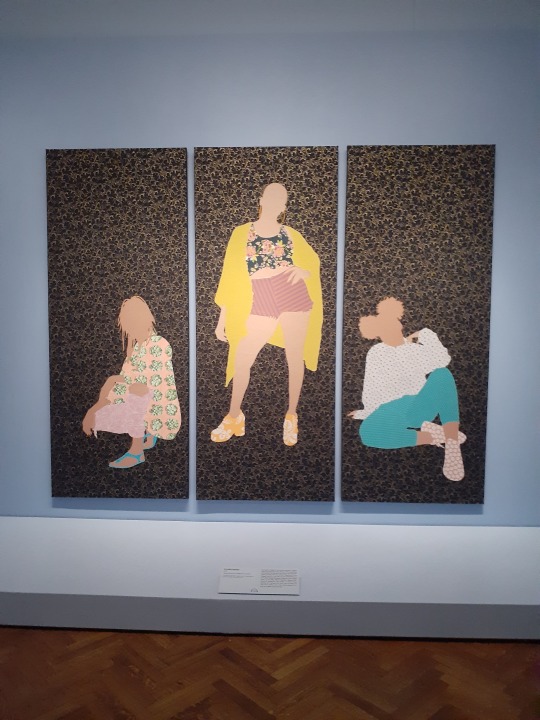

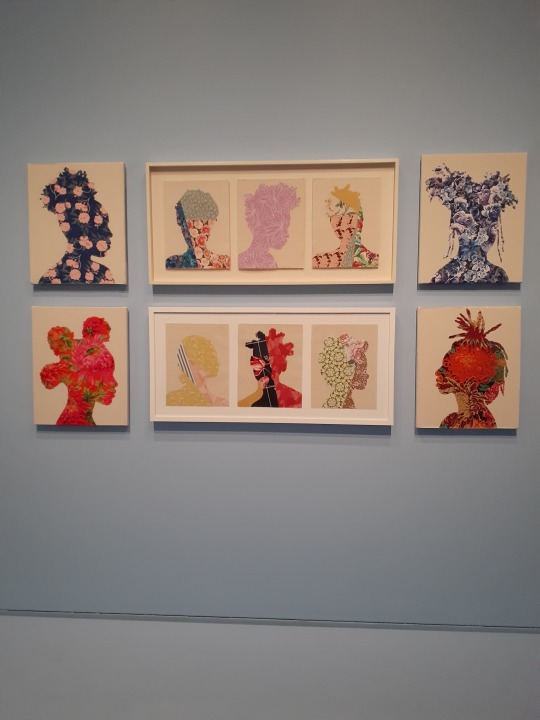
If you're in the Chicago area, highly recommend seeing Gio Swaby: Fresh Up at the Art Institute. Some truly beautiful textile work.
My work operates in the context of understanding love as liberation—a healing and restorative force. These pieces celebrate personal style, vulnerability, strength, beauty, individuality, and imperfections.
—Gio Swaby
#gio swaby#chicago#art#art institute#art institute of chicago#the photos are shit because y'all can pry my $200 android out of my cold dead hands lol#the exhibition catalogue is also 100% worth the price#haven't read it cover to cover but i've flipped through and it's lovely#people: have you seen the van gogh or dali exhibit#me: HAVE YOU SEEN THE GIO SWABY EXHIBIT
109 notes
·
View notes
Text










Wayward Refusals
#leappadbaby#design#print#art#graphic design#exhibition#exhibition catalogue#catalogue#exhibit#print design#book design
2 notes
·
View notes
Photo

New Spaces: The Holographer's Vision catalogue, curated by Karen Spitulnik Peiffer (Franklin Institute Press, 1979).
Cover art: Rudie Berkhout
#art#science#holography#art exhibition#catalogue#New Spaces: The Holographer's Vision#Rudie Berkhout#The Franklin Institute#Philadelphia#Pennsylvania#USA#1979
42 notes
·
View notes
Text
Africa: The Art of a Continent Published on the Occasion of the Exhibition Held at Royal Academy of Arts, London, 4th October 1995 21st January 1996 :: Tom Phillips
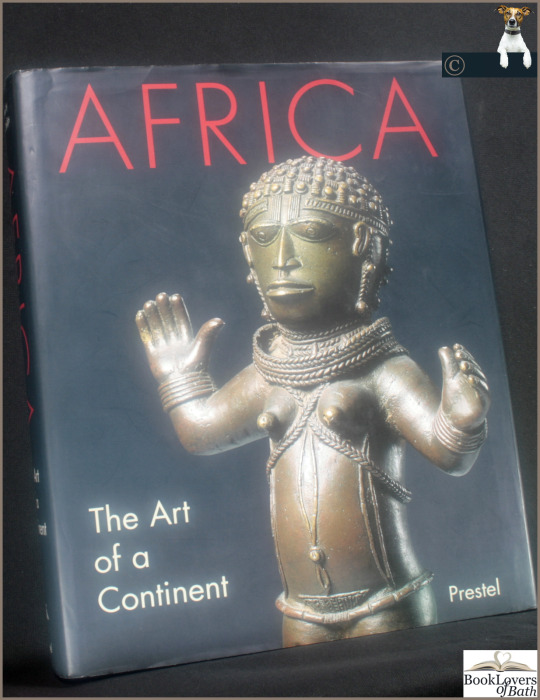
View On WordPress
#3-791-31603-6#african antiquities#african art#african art exhibitions#african sculpture#art history#books written by tom phillips#catalogues#ceramics#crafts#cultural exhibitions#earthenware#egyptian exhibitions#figurines#metalwork#royal academy arts exhibitions
5 notes
·
View notes
Text













Rebecca Horn
The Museum of Contemporary Art, Los Angeles
Fabbri Editori, Milano 1990, 112 pagine, 23x28cm,
euro 30,00
email if you want to buy [email protected]
mostra Los Angeles 30 settembre 1990 - 6 gennaio 1991
Eighteen large-scale mechanized sculptures by this German artist and filmmaker created in relationship to the themes and content of her new feature-length film Buster's Bedroom
Rebecca Horn (b. 1944, Germany – 2024)
Rebecca Horn is a visual artist, who came to international prominence in the 1980s and is best known for her installation art, film directing, and body modifications projects. Horn is considered to be one of the most influential artists of the Kinetic Art movement.
From an early age Horn developed a virtual obsession with drawing, using it as a medium of communication that she viewed as much less limiting than the spoken word. Horn’s work can be found today in many museum collections around the globe, including The Museum of Modern Art in New York, the Museum of Contemporary Art in Los Angeles and the Tate Gallery in London.
19/10/24
#Rebecca Horn#art exhibition catalogue#Los Andeles 1990#mechanised sculptures#german artist#art books#fashionbooksmilano
22 notes
·
View notes
Text
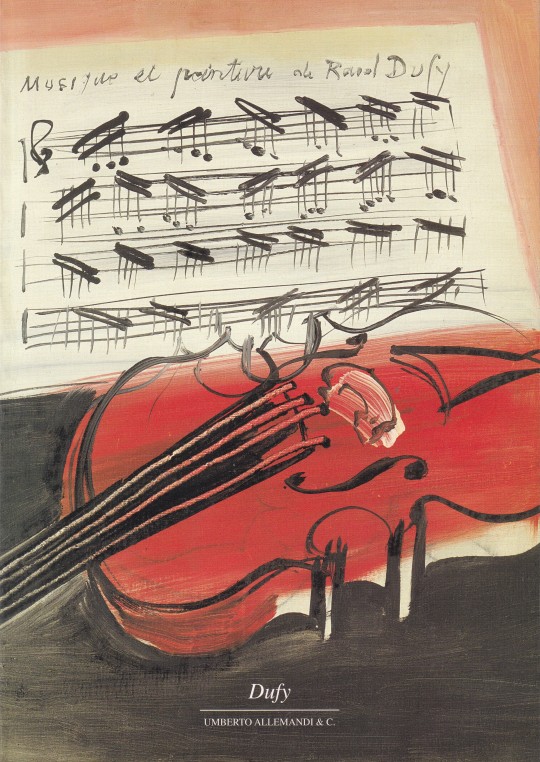

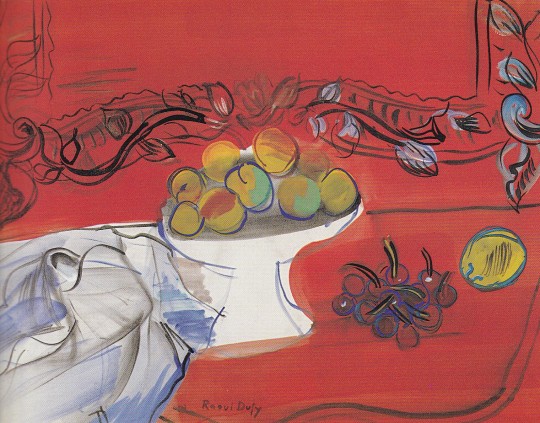
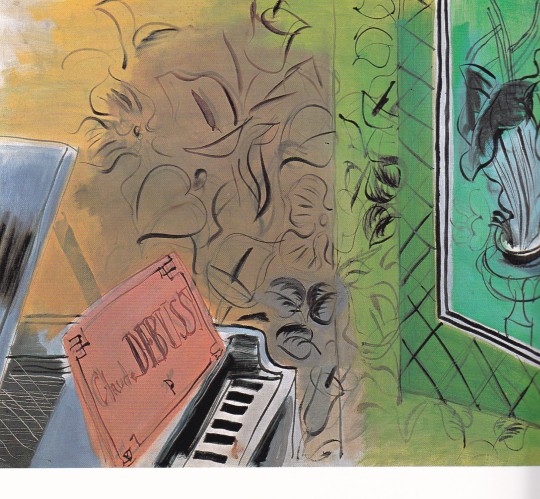
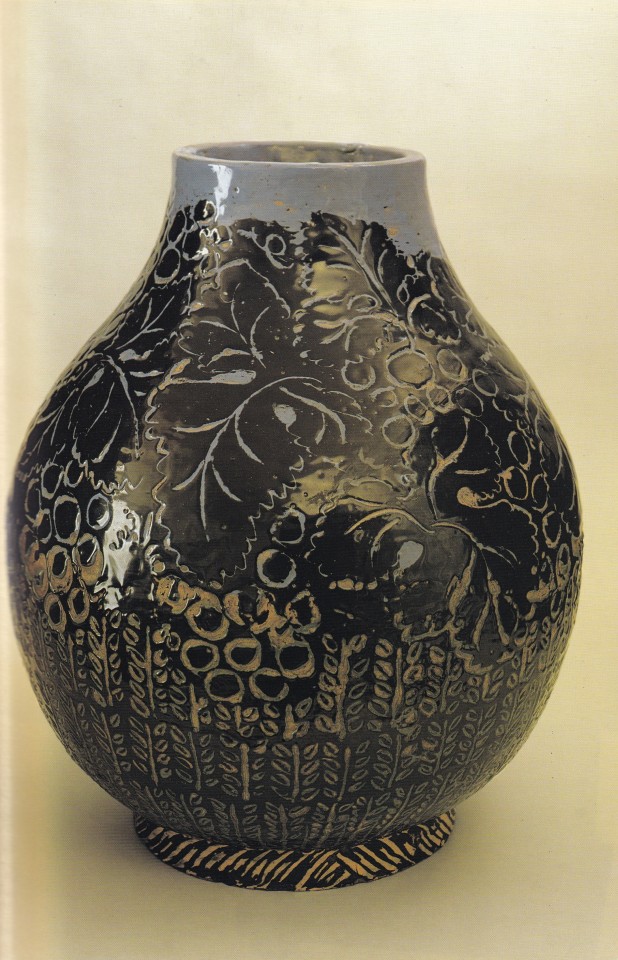
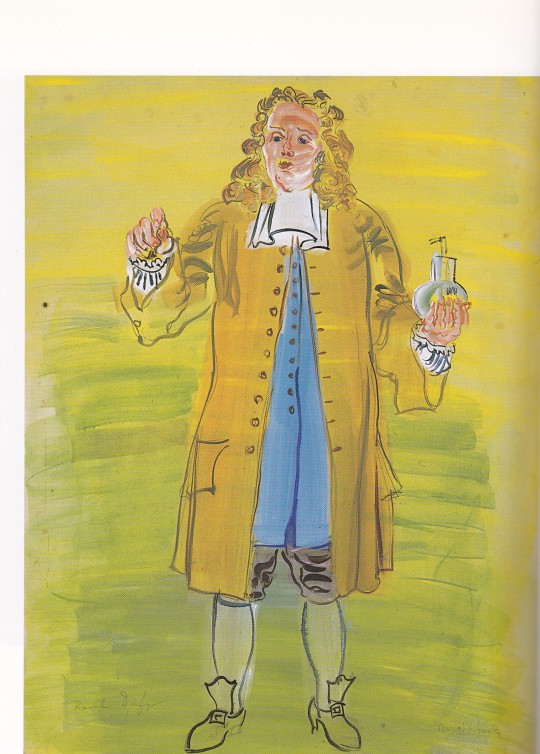

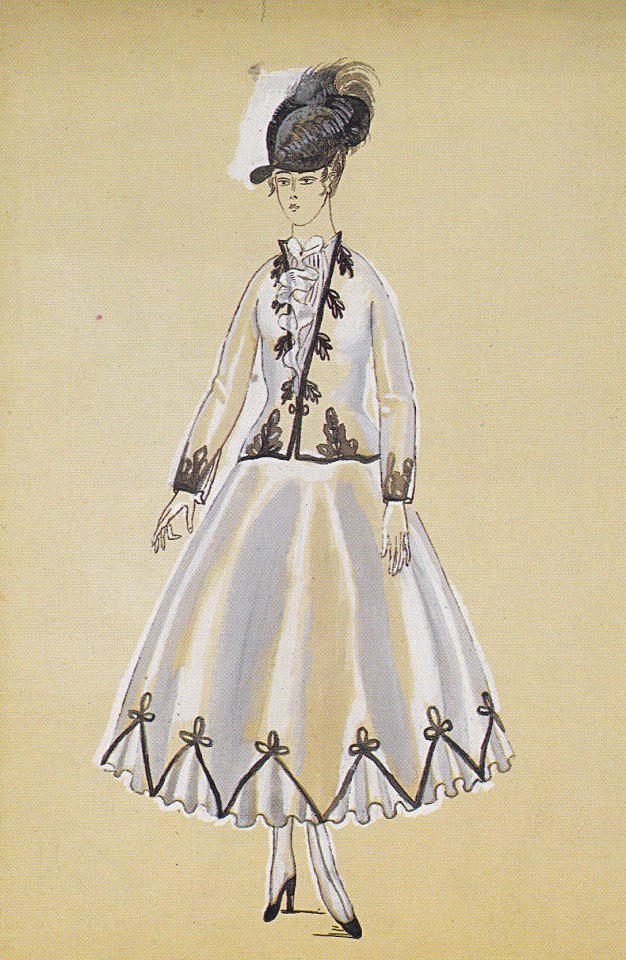
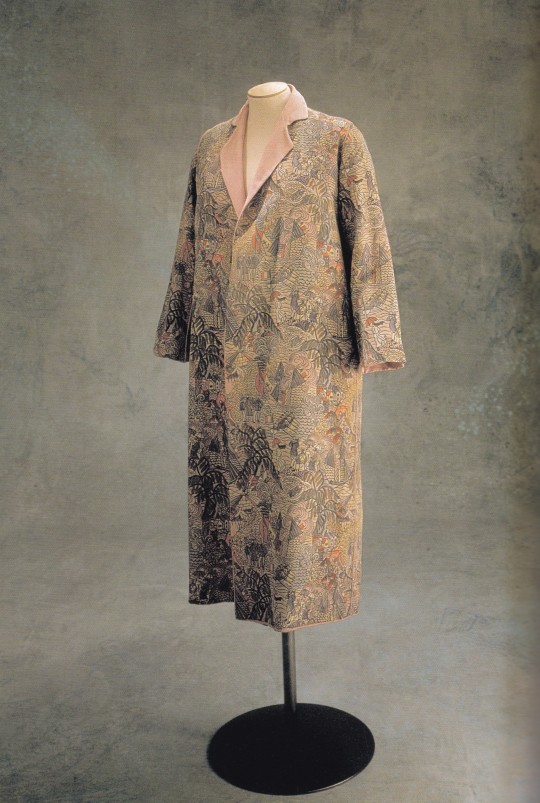
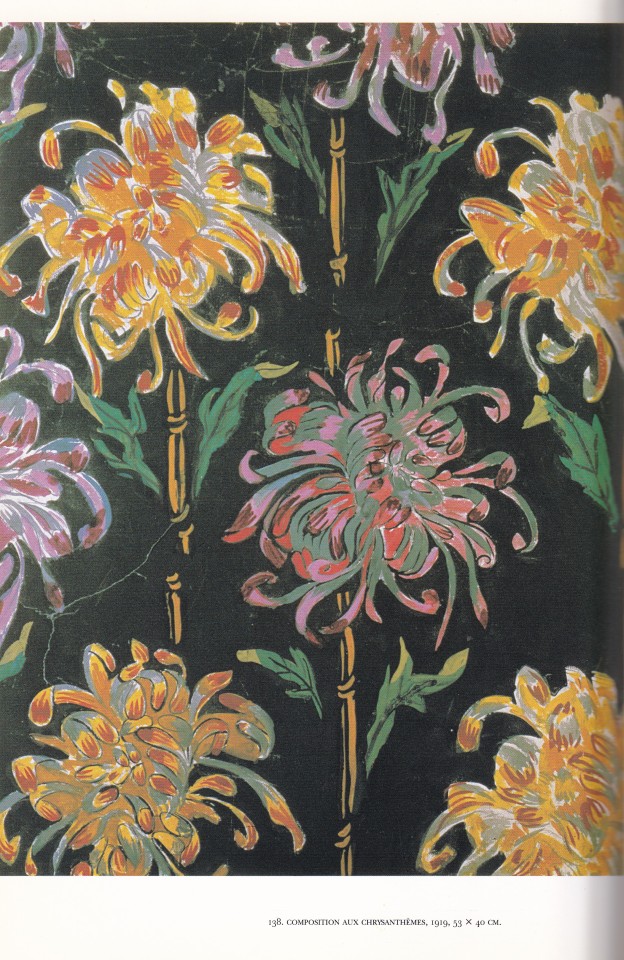
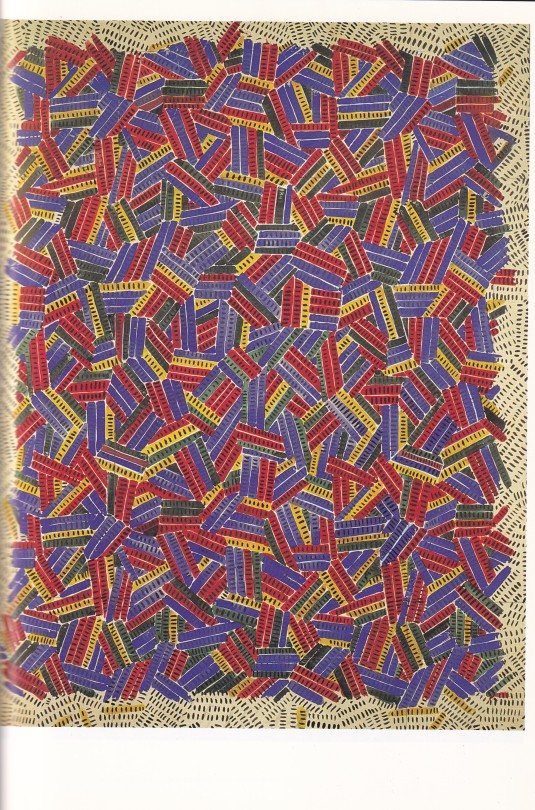
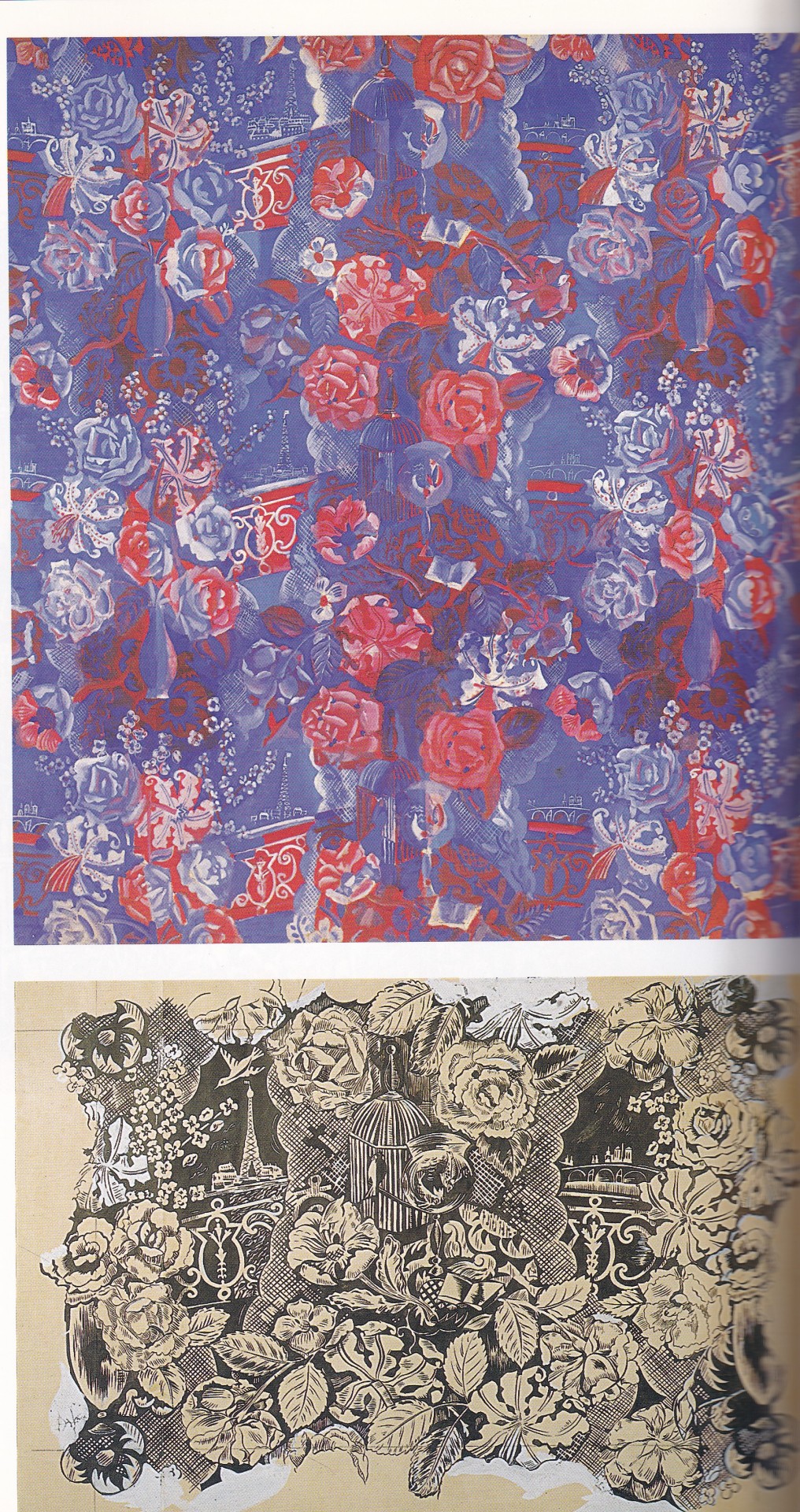
Raoul Dufy Le peintre, la decoration et la mode des annees 1920-1930
Jean Forneris, Jean-Pierre Angremy
Umberto Allemandi & C., Torino 1985, 199 pagine, 30,5x21cm, ISBN 88-422-0604-0, Texte en Français
euro 25,00
email if you want to buy [email protected]
Catalogo della Mostra tenuta a Roma Accademia di Francia 24 ottobre 1995-7 gennaio 1996.
Curata da Sophia Krebs, conservatrice del Musée d’Art Moderne de la Ville de Paris, da cui provengono molte opere, e promossa dalla Fondazione Terzo Pilastro-Internazionale, presieduta da Emmanuele F.M. Emanuele, la mostra raccoglie 160 tra dipinti, disegni, ceramiche, tessuti stampati e illustrazioni per libri.
Lo spettro operativo dell’artista nato a Le Havre nel 1877 e morto a Forcalquier nel 1953, era ampio come i suoi interessi: letteratura, cinema, teatro, ma soprattutto musica. Fu il padre, organista e direttore di coro, a insufflargli l’amore per Bach, Mozart, Chopin e Debussy (ai quali dedicò omaggi pittorici), ma sarà l’amico Othon Friesz a indirizzarlo verso le ricerche d’avanguardia pittorica.
Dopo una prima stagione d’impronta impressionista a inizio secolo, aderirà al movimento Fauve, con una predilezione per Matisse, che non lo abbandonerà mai, guidandolo nella «pittura di gioia», solo sfiorata nel 1908-09, da un’adesione al rigore cezanniano, mediato dall’amico Braque.
La mostra presenta marine, vedute urbane, sale da concerto, corse di cavalli, mazzi di fiori, interni borghesi, scene circensi, angoli d’atelier, dove si dispiega una pittura che semplifica le forme, miscelando arte colta e ingenuità del gusto.
06/10/24
3 notes
·
View notes
Text
"Ten photographs from three series" reached IPA 2023 official selection
My recent publication “Ten photographs from three series” reached IPA 2023 official selection at International Photography Awards. Visit the IPA winners website here. This book was also published at Social Sciences Open Access Repository (SSOAR) by GESIS – Leibniz-Institut für Sozialwissenschaften e.V., Mannheim and at mediaTUM – the media and publications repository of the Technical University…

View On WordPress
#abstract art#architectural photography#art#Art Collectors#art curator#art curators#art education#Art Exhibition#Art exhibition catalogue#art gallery#Art Print#artbook#artbooklovers#artcollectors#artlovers#black and white photography#Contemporary Art#contemporary art collectors#intentional camera movement#International Photography Awards#IPA 2023#Official Selection
0 notes
Text

From: Onchi. A Poet of Colors and Forms, Yomiuri Shimbun, Tokyo, 1994 [BOOKS at, Amsterdam]
Exhibition: Yokohama Museum of Art, Yokohama, October 8 – November 6, 1994
#graphic design#art#drawing#photography#exhibition#catalogue#catalog#onchi kōshirō#koshiro onchi#yomiuri shimbun#yokohama museum of art#1990s
122 notes
·
View notes
Text
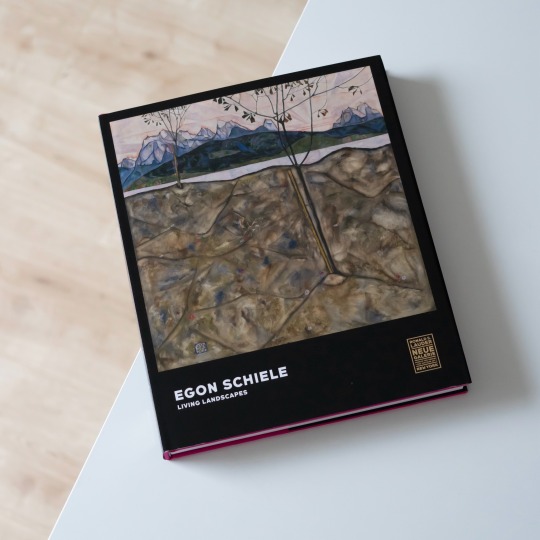
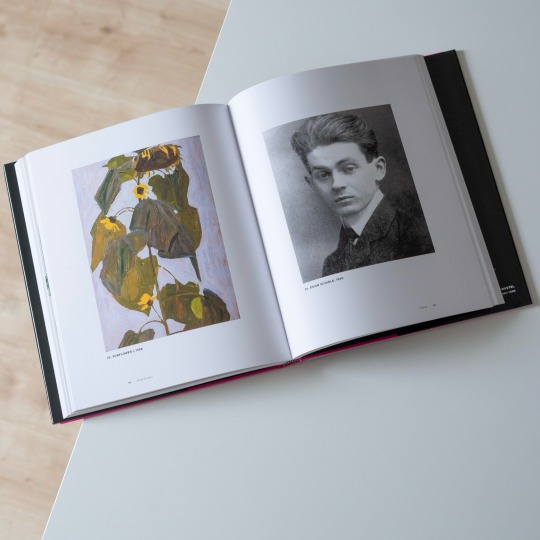
Despite constituting Egon Schiele’s largest body of work, his landscapes, townscapes and depictions of fauna are vastly overshadowed by his famous portraits and nudes. This circumstance is all the more regrettable since they are an indispensable part of his work that, just like his portraits, investigate the conditio humana and are charged with symbolism. Predominantly painted during the less intensive seasons spring and fall the paintings tell of the blossoming and fading of nature, a well-known allusion to the ephemeral nature of life itself. Gnarled trees with good reason are reminiscent of Schiele’s depiction of human bodies and the frequently returning sunflowers are shown in the different stages of their life cycle. In the figurative sense this also applies to his townscapes of which some seem to be fictitious but most are observations of a limited amount of towns. he created during escapes from bustling Vienna: on several occasions Schiele painted his mother’s birthplace Krumau, a picturesque medieval town, from different vantage points and often in invented configurations. In „Tote Stadt III [City on the Blue River]“ for example he manipulated the topography in such a way that a group of houses is on three sides surrounded by the black Moldau, giving the painting an oppressive and seemingly sealed character in which the river takes on the role of a menacing danger.
The aforementioned painting also is part of the Neue Galerie New York’s current exhibition „Egon Schiele: Living Landscapes“ running through January 13, 2025, and presenting a large number of Schiele’s landscapes and nature-related works. As usual the accompanying catalogue has been published by Prestel and, besides reproducing the works included in the exhibition, provides in-depth insights into Schiele’s enigmatic works: curator Christian Bauer e.g. explains the symbolic dimension of his landscapes while Franz Small delves deep into characteristics and underlying allusions of his townscapes, a great help for reading and understanding this body of work that is so worth discovering! Warmly recommended!
#egon schiele#expressionism#modern art#austrian art#art book#prestel#art history#exhibition catalogue#book
34 notes
·
View notes
Text
John Singer Sargent, Sargent and Fashion Exhibition, Tate Britain, London Part 2
Masterlist
BUY ME A COFFEE






























#art#art gallery#artwork#writing#art tag#essay#paintings#art exhibition#art show#art nouveau#artists#art history#essay writing#writers#history#writeblr#writers and poets#writers on tumblr#drawings#creative writing#historical#lecture#academic writing#dark academia#architecture#exhibition catalogue#art process#gallerywall#galleryart#painting
2 notes
·
View notes
Text

What do traditions still mean in a society defined by spectacle and abundance? How can we rediscover the authenticity of these rituals and their profound significance?
And, most importantly, how can we restore the connection between the past, present, and future without losing ourselves in the illusion of consumption?
You will find the answers at the opening of the MOROJAN exhibition, where curator Mihaela Cozma and Professor Dr. Gaspar Loredana will share more details about the topics explored in this project.
The exhibition also features a series of exceptional illustrations by Ana-Maria Lemnaru, which perfectly complement the overall concept.
#exhibition#photoexibition#art#catalogue#skull#spiritual#romaniaart#romaninanartist#event#culturalevent#blackandwhite#blackandwhitephotography#blackandwhiteart
0 notes